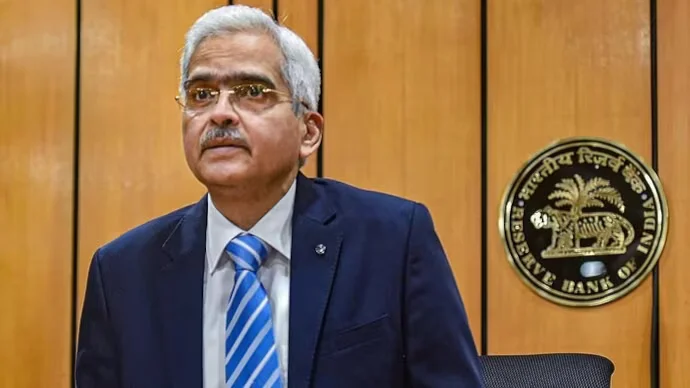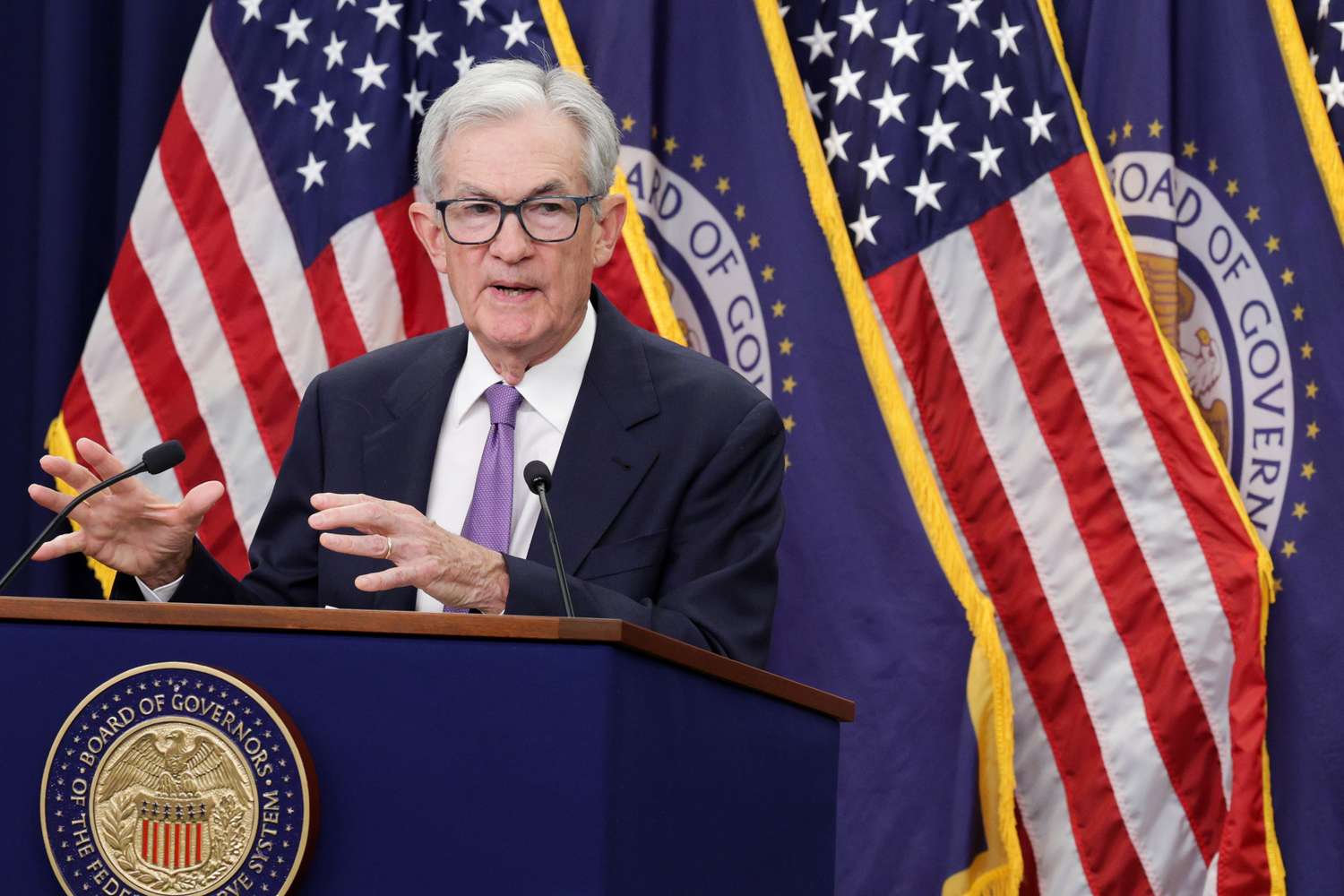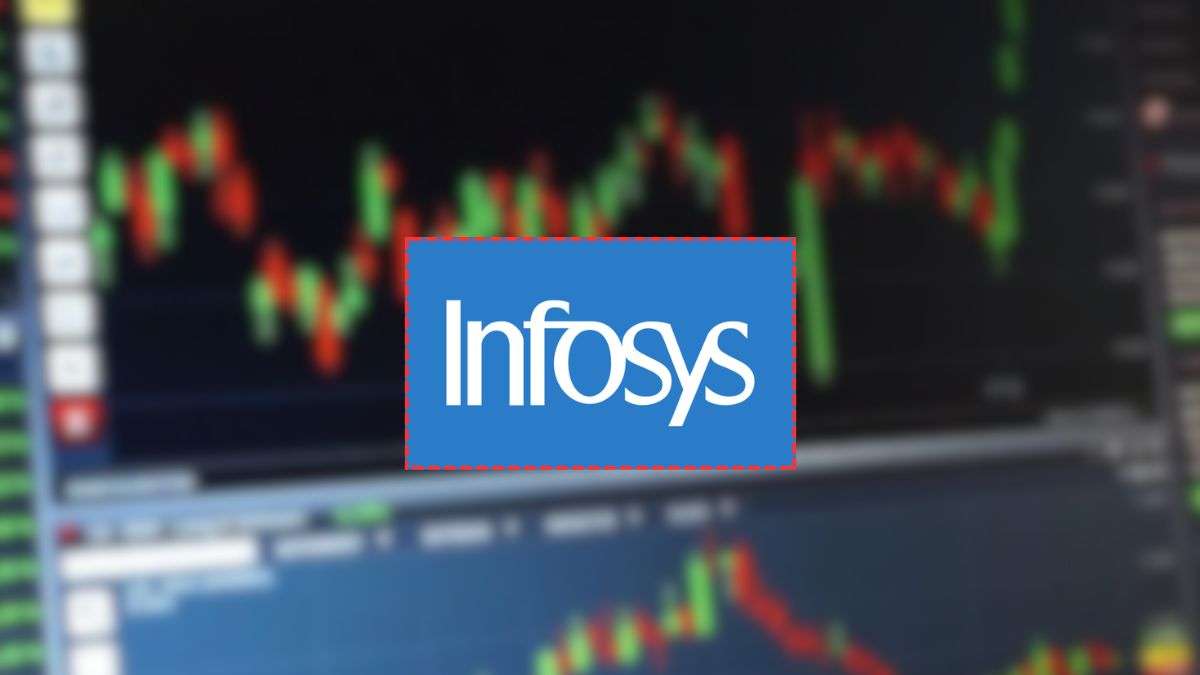
Reserve Bank of India (RBI) Governor Shaktikanta Das announced today that the key repo rate will remain unchanged at 6.50%. This decision was made after a careful assessment of various economic factors and the current state of the financial system. The repo rate, which is the rate at which the central bank lends money to commercial banks, plays a crucial role in determining borrowing costs and overall economic activity.
One of the primary reasons cited for maintaining the repo rate unchanged is the need to balance inflationary pressures and support economic growth. In recent months, there has been a rise in inflationary pressures due to various factors such as supply chain disruptions, rising commodity prices, and pent-up demand post-pandemic. By keeping the repo rate steady, the RBI aims to anchor inflation expectations and prevent any further acceleration in consumer prices.
At the same time, the central bank also recognizes the importance of supporting economic growth, especially amidst the ongoing recovery from the COVID-19 pandemic. With several sectors still grappling with the aftermath of the pandemic-induced slowdown, maintaining accommodative monetary policy remains crucial to stimulate demand and investment. By keeping borrowing costs low, the RBI intends to encourage borrowing and spending, thereby aiding the overall economic revival process.
Another factor influencing the RBI’s decision is the global economic environment. With uncertainties surrounding global growth prospects, particularly due to geopolitical tensions and supply chain disruptions, central banks worldwide are adopting a cautious approach to monetary policy. By maintaining stability in domestic interest rates, the RBI aims to mitigate any adverse spillover effects from external developments while safeguarding India’s economic interests.
It is worth noting that the decision to keep the repo rate unchanged comes against the backdrop of rising concerns about the sustainability of government finances and the need for fiscal consolidation. Given the significant fiscal stimulus measures undertaken during the pandemic, there is growing pressure to rein in government spending and address structural imbalances in the economy. The RBI’s decision to maintain the status quo on interest rates underscores the importance of a coordinated policy approach between monetary and fiscal authorities to ensure macroeconomic stability and sustainable growth in the long run.
Looking ahead, the RBI will continue to closely monitor domestic and global economic developments to assess the need for any further policy adjustments. While the current stance remains accommodative, future policy actions will be guided by evolving inflation dynamics, growth prospects, and the overall macroeconomic environment. In the meantime, businesses and investors can expect interest rates to remain stable, providing a conducive environment for borrowing and investment activities.
In conclusion, the RBI’s decision to keep the key repo rate unchanged at 6.50% reflects a delicate balancing act between inflation management and supporting economic growth. By maintaining stability in interest rates, the central bank aims to foster an environment conducive to sustainable economic recovery while remaining vigilant to emerging risks and challenges on the horizon.




